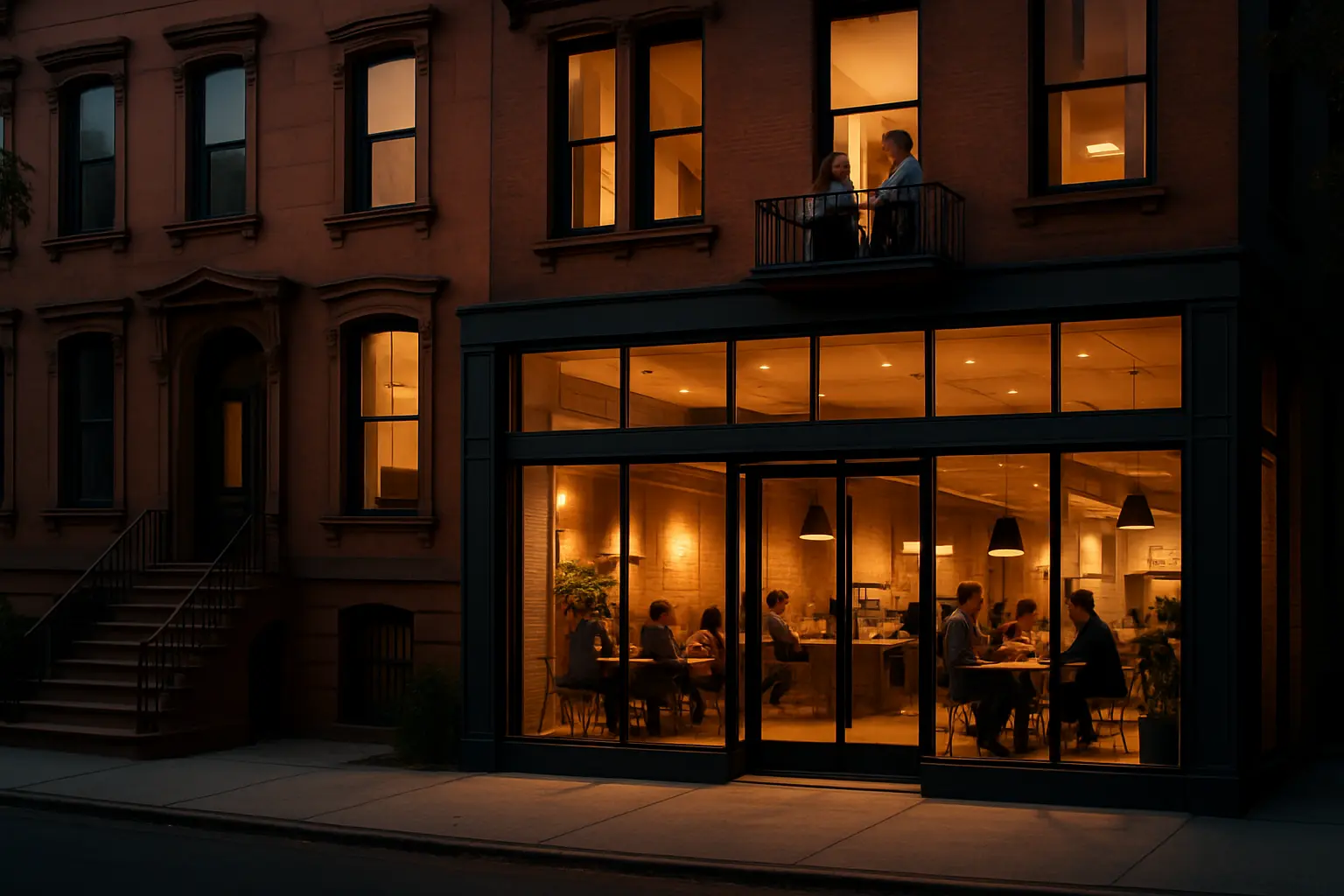From Brownstones to Business: Brooklyn's Adaptive Reuse Revolution
Discover how savvy investors are transforming historic Brooklyn properties into profitable mixed-use spaces that blend modern commerce with residential charm.

The Evolution of Brooklyn's Real Estate Landscape
Brooklyn's iconic brownstones, once exclusively residential havens, are experiencing an unprecedented transformation. As the borough continues to evolve, forward-thinking investors are reimagining these historic properties as dynamic mixed-use spaces that cater to modern urban lifestyles.
The adaptive reuse movement has gained significant momentum, with property owners strategically converting ground floors into boutique retail spaces, creative studios, and professional offices while maintaining residential units above. This trend not only preserves the architectural heritage of Brooklyn's neighborhoods but also creates new economic opportunities.
Strategic Benefits of Mixed-Use Properties
The financial advantages of mixed-use development are compelling:
- Diversified Income Streams: Multiple revenue sources from both commercial and residential tenants
- Higher Property Values: Enhanced market appeal due to versatile usage
- Reduced Vacancy Risk: Different market segments provide stability
- Tax Benefits: Potential incentives for historic preservation and commercial development
Beyond the financial benefits, these properties contribute significantly to community vitality. Mixed-use developments create walkable neighborhoods, support local businesses, and foster a sense of community that's increasingly valuable in urban settings.
Success Stories and Market Opportunities
Williamsburg Wonder
A prime example is the transformation of a century-old brownstone in Williamsburg. The ground floor now houses a thriving artisanal coffee shop, while the upper levels feature three luxury apartments. This property's value has increased by 180% since its conversion.
DUMBO Innovation
In DUMBO, a former single-family brownstone has been reimagined as a co-working space on the lower levels with two residential lofts above. The property generates 40% more revenue compared to its previous single-use configuration.
"The key to successful adaptive reuse is finding the right balance between preserving historical character and meeting modern market demands," notes a prominent Brooklyn real estate developer.
Future-Proofing Your Investment
For investors considering adaptive reuse projects, several key factors deserve attention:
- Zoning Regulations: Research local ordinances regarding mixed-use development
- Historical Preservation: Understand landmark requirements and restoration guidelines
- Market Analysis: Evaluate neighborhood demographics and commercial potential
- Infrastructure Assessment: Consider necessary upgrades for commercial use
Expert Tips for Success
To maximize your investment potential:
- Partner with experienced architects who understand both historical preservation and modern commercial needs
- Engage with community boards early in the planning process
- Consider flexible commercial spaces that can adapt to market changes
- Invest in quality materials and systems that will reduce long-term maintenance costs
The adaptive reuse revolution in Brooklyn represents a unique opportunity for investors to participate in the borough's evolution while preserving its cherished character. By thoughtfully combining commercial and residential spaces, these properties not only generate attractive returns but also contribute to the vibrant fabric of Brooklyn's neighborhoods.


